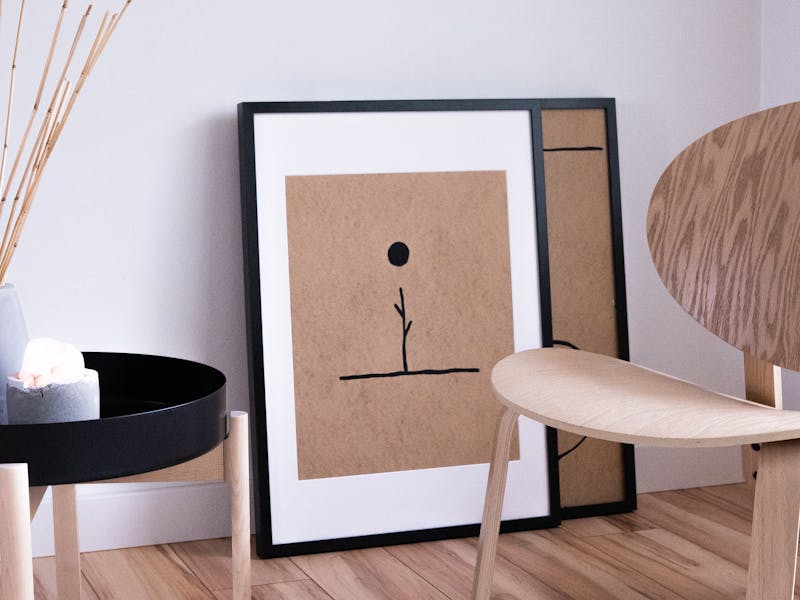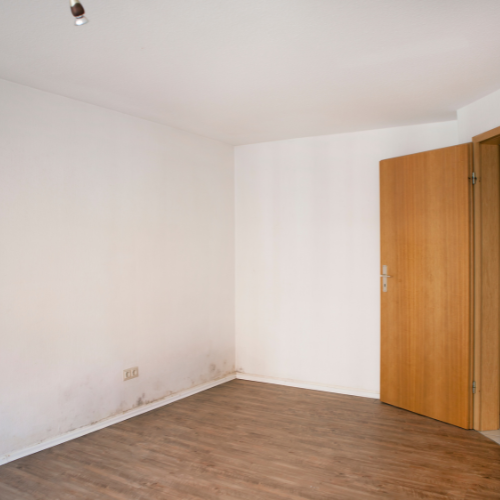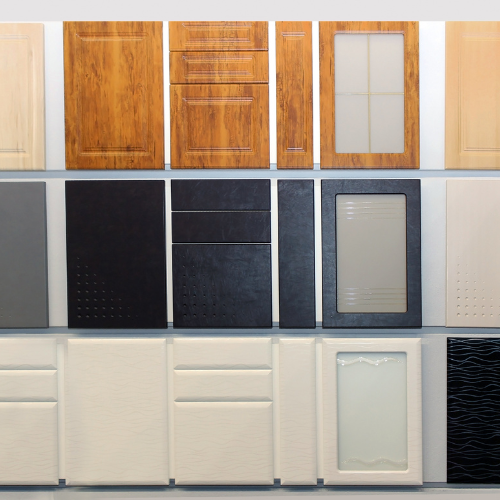In the realm of interior design, a captivating fusion has emerged that marries the minimalistic beauty of Scandinavian design with the age-old elegance of Japanese aesthetics. Dubbed ‘Japandi’, this style trend is gaining traction amongst homeowners and designers alike, who are drawn to its serene, uncluttered ethos and reverence for natural materials. This post explores the nuances of Japandi, offering insight into why it has become such a beloved trend and how you can incorporate it into your home.
The Roots of Japandi
At its core, Japandi is a hybrid aesthetic that combines the modern flair of Scandinavian design with the traditional elegance of Japanese décor. Originating from two places worlds apart, both styles share fundamental principles of simplicity, natural elements, and comfort, making them a seemingly destined pairing. Scandinavian design is known for its functionality and use of light woods and neutral tones, which complement the Japanese preference for clean lines, craftsmanship, and a connection to nature.

Key Characteristics of Japandi Style
- Minimalism – Japandi spaces are devoid of unnecessary clutter. Every element and piece of furniture in a Japandi room has a purpose and place, reflecting a mindful approach to interior design that emphasises quality over quantity.
- Neutral Palette with Contrast – Soft, neutral colours like greys, whites, and earth tones dominate the Japandi palette, creating a calm and welcoming environment. However, unlike Scandinavian styles that often keep colours homogeneously light, Japandi isn’t afraid to incorporate darker shades, especially black, to create a striking visual contrast and depth.
- Natural Materials – Wood is a pivotal element in Japandi interiors, with a preference for its natural form and texture to be showcased. Bamboo, rattan, and paper also feature prominently, enhancing the organic feel of the spaces. These materials are not only chosen for their aesthetic appeal but also for their sustainability.
- Craftsmanship – There’s a significant emphasis on artisanal craftsmanship in Japandi style. Handmade ceramics, bespoke furniture, and artisan textiles are common, highlighting a respect for the art of making by hand, which is a principle deeply rooted in both Japanese and Scandinavian cultures.
- Functional Decor – In Japandi style, decoration must serve a function. Whether it’s pottery used for dining, vases that hold flowers, or textiles that add warmth, decorative items are practical and enhance the usability of the space.
Incorporating Japandi into Your Home
Adopting Japandi in your home can be a refreshing change that brings tranquillity and a sense of order. Here are some tips to help you embrace this style:
– Embrace Open Spaces: Keep layouts open and uncluttered. Opt for furniture with sleek, clean lines and provide plenty of breathing room between pieces.
– Focus on Neutral Tones with Accents of Black: Base your colour scheme on neutral shades and use black as an accent colour to bring depth and focus to your room.
– Invest in Quality Over Quantity: Choose fewer, higher-quality pieces that blend functionality with aesthetic appeal. Look for items that are durable and timeless.
– Mix Textures: Combine different materials like wood, wool, and ceramics to add interest and warmth to the minimalistic decor.
– Incorporate Plants: Both Japanese and Scandinavian styles celebrate nature. Incorporate greenery through houseplants that can clean the air and add a splash of colour and life.

The Appeal of Japandi
The allure of Japandi lies in its ability to create a peaceful, aesthetically pleasing environment that also prioritises sustainability. It’s a testament to the idea that in simplicity there is beauty, and in minimalism, there is clarity. As we move towards more mindful living, the principles of Japandi align perfectly with the contemporary push towards sustainability and intentional living spaces.
Japandi isn’t just a trend; it’s a lifestyle choice that celebrates the beauty of simplicity and the harmony of blending different cultural aesthetics. It encourages us to rethink our spaces, focusing on a less-is-more philosophy, and fosters an environment that supports peace and comfort in our everyday lives.
—
Author Bio
Micaela resides in the picturesque Kent countryside with her husband Steve, their cherished 1-year-old daughter, and a bustling menagerie of pets. She is a veteran in the digital marketing realm, co-founder of Make Money Blogging Now and the creative force behind the lifestyle blog Stylish London Living, it’s here that she seamlessly blends lifestyle inspiration with actionable insight, guiding her readers through the intricacies of creating a stylish, yet functional living space, nurturing well-being, and embracing the spontaneity of family adventures.


